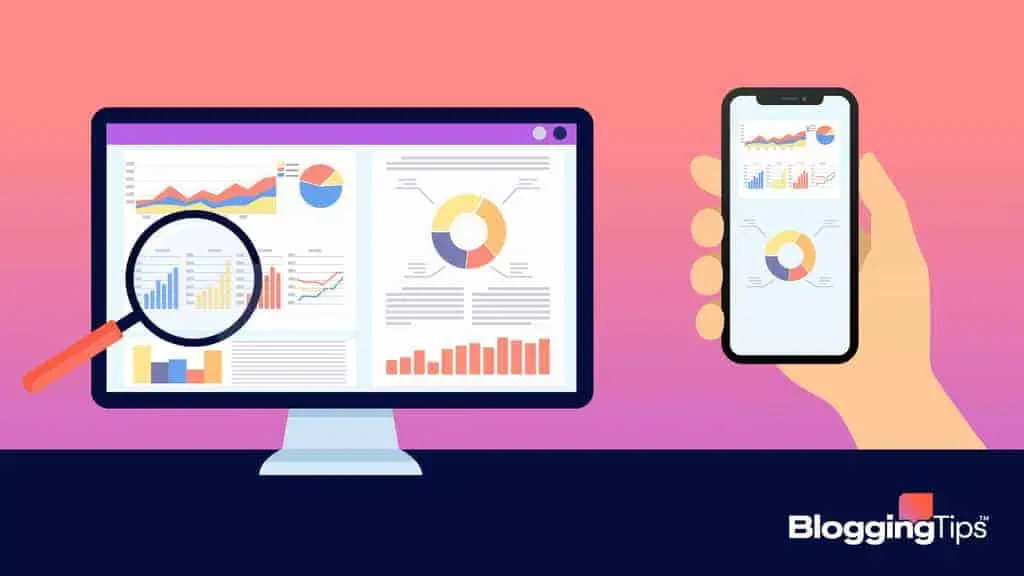
There were several kinds of search engine optimization. Each has a role to play in giving your website the boost it needs to improve its SEO ranking.
The three types of SEO are:
- On-page
- Off-page
- Technical
1. On-Page SEO
On-page SEO includes things like keywords embedded in headers and related keywords called LSIs.
LSI is short for “latent semantic indexing,” and includes keywords similar to your primary term.
They allow you to increase your keyword density without overusing your keyword of choice.
They are effective when potential readers run a semantic search because they allow the search engine to prioritize meaning over a word-perfect match to their search.
But not all in-page SEO includes keywords:
- Meta description
- Page loading speed
- Compatibility with mobile devices
- Number of embedded links on the webpage
Much of on-page SEO boils down to how user-friendly your website is and how relevant its content is.
2. Off-Page SEO
Off-page SEO is any interaction performed by another site that benefits your website’s relevance and visibility.
Examples of off-site SEO actions include:
- Backlinks to your website
- Social media campaigns
- Guest blogging
- Brand/product mentions with/without links
Link building is the equivalent of vouching for a person’s character.
It gives your website credibility and is integral to successfully creating search engine optimized content.
3. Technical SEO
Technical SEO dovetails with on-page SEO to increase your site’s relevance, emphasizing:
- Increasing site speed
- Ensuring mobile compatibility
- Using encrypted links tying web server to browser
- Removing duplicate content
But before we dive too far into the process of how to do SEO, it’s critically important to understand one thing – how to stay on the right side from the start.
Organic SEO Techniques to Understand
Organic SEO can be broadly categorized into three distinct colors: white hat, grey hat, and black hat. Each “hat” represents a different approach to SEO, with varying degrees of adherence to search engine guidelines and ethical considerations.
Knowing the difference is crucial for adopting strategies that not only boost your website’s visibility but also ensure its integrity and sustainability over time.

White Hat SEO
White hat SEO involves strategies that adhere strictly to search engine guidelines and focus on providing value to the audience. It’s about optimizing your content for search while ensuring it adds real value for your users.
Key Features:
- Content Quality: High-quality, relevant, and valuable content tailored to address the needs of your audience.
- Keyword Use: Strategic use of keywords in content, meta tags, and URLs, without over-optimization.
- Link Building: Ethical link-building practices, such as earning links through sharing valuable content or outreach.
- User Experience: Enhancing site usability, loading speed, and mobile-friendliness.
Websites that adhere to white hat SEO strategies are likely to see sustainable growth in rankings and traffic over time. This approach is risk-free in terms of penalties from search engines but requires patience and consistent effort.
Gray Hat SEO
Grey hat SEO falls between white hat and black hat, employing techniques not explicitly defined by Google’s guidelines as manipulative but which toe the line of ethical SEO practices. These strategies are often used to expedite the ranking process.
Key Features:
- Clickbait Content: Content that is designed to attract clicks through sensationalized headlines, often not fully delivering on its promises.
- Link Exchanges: Swapping links with other sites to boost link count, a practice that can border on manipulative if overused.
- Paid Reviews: Paying for reviews to boost local SEO, which can be seen as misleading if not disclosed.
- Cloaking: Showing different content or URLs to users and search engines, which can be risky if it misleads users.
Grey hat SEO may provide quicker results than white hat strategies, but it comes with risks. If search engines decide that these techniques are manipulative, they may penalize your site, resulting in drops in ranking or visibility.
Black Hat SEO
Black hat SEO involves practices that attempt to game or exploit search engine algorithms to gain higher rankings. These techniques are against search engine guidelines and are considered unethical.
Key Features:
- Keyword Stuffing: Overloading webpages with keywords in an unnatural way.
- Invisible Text: Including text on a page that visitors can’t see but is crawled by search engines, often for the purpose of keyword stuffing.
- Doorway Pages: Creating low-quality pages loaded with keywords just to rank for specific searches, with little value for users.
- Link Farms: Participating in networks designed solely to increase the number of inbound links to a site.
While black hat SEO can lead to short-term ranking gains, it’s highly risky and can result in severe penalties from search engines, including being de-indexed. It damages the user experience and undermines your website’s credibility.
What Type of SEO Technique Do I Suggest?
I strictly follow white-hat SEO techniques. While website owners can oftentimes see short-term gains by using grey and black-hat techniques, these are rarely sustainable.
I’ve seen countless examples of sites using nefarious strategies get pummeled by Google. Once that happens, it’s incredibly hard to get back in their good graces.
10 websites completely removed from Google search overnight. https://t.co/eeUgmhRxXs
— Lily Ray 😏 (@lilyraynyc) March 6, 2024
White-hat SEO takes time and patience, but in the end, it is worth it. SEO is a long-term game and there’s no quick wins here.
If it sounds too good to be true, it probably is. Stay the course, stick to the plan, and in the end you’ll come out ahead.


Responses